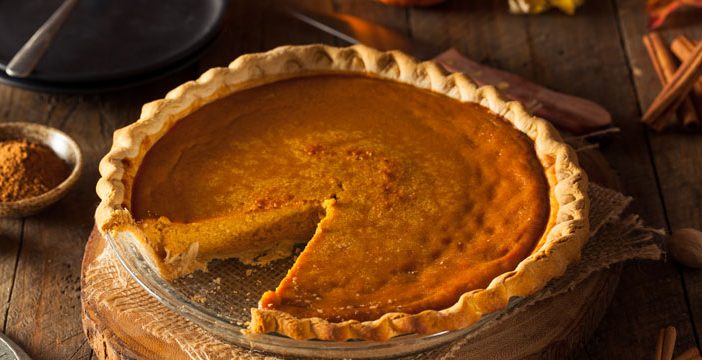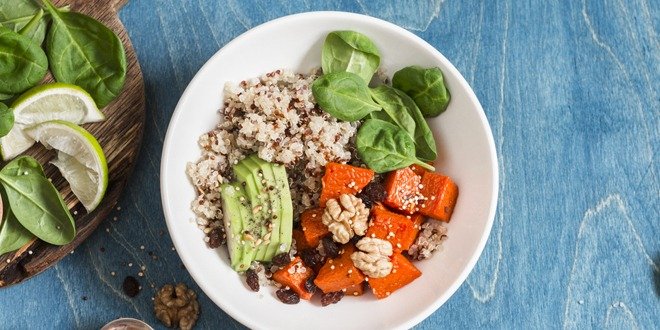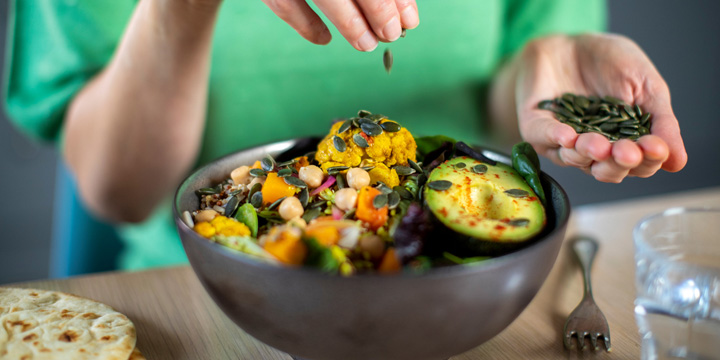
Many of us attribute the colder months to pumpkin season. After all, this versatile fruit isn’t just a fun feature of Halloween, it can add delicious flavour and nutrients to meals—and beverages. But do diabetes and pumpkin mix? Read on to discover how you can still reap the benefits of pumpkin and keep your blood sugar levels in check.
Can I eat pumpkin if I have diabetes?
Yes, in moderation. Pumpkin is low in calories, high in fibre and full of vitamins and minerals. In fact, research shows that pumpkin may have particular benefits for people with diabetes. Its antioxidant and anti-inflammatory properties can improve cellular health and may help reduce the risk of diabetes-related complications related to eye and kidney issues. Pumpkin is high in beta carotene, which may support metabolic health and have a beneficial effect on blood sugar levels. Its fibre content also helps slow digestion, so when eaten with other carbohydrate-rich foods, it can reduce post-meal glucose spikes.
But while you can certainly enjoy pumpkin as part of your diabetes meal plan, keep an eye on portion sizes. As with other starchy vegetables, carbohydrates in pumpkin can still raise your blood sugar.
Why does pumpkin raise my blood sugar?
While pumpkin is full of nutrients, it has a high glycemic index (GI) compared to some other vegetables, which means the carbohydrates it contains can raise blood sugar quickly. However, pumpkin is low in total carbohydrates, so its glycemic load (GL) very low. This means that in normal serving sizes, pumpkin is unlikely to cause a big spike in blood sugar. To keep your blood sugars in a good range, opt for half a cup to one cup of pumpkin per serving, and pair it with protein, fibre or healthy fats.
What are the healthiest ways to prepare pumpkin?
To glean the true benefits of pumpkin, steer clear of sugary pumpkin beverages, pastries and pies. Instead, steam or roast your pumpkin to retain its nutrients and pair it with a lean protein or healthy fat to reduce sugar spikes.
You can add cooked pumpkin to soup or blend unsweetened pumpkin puree in a smoothie. If you’re a craving a sweet treat, try a pumpkin parfait with Greek yogurt and cinnamon instead of sugary pie. Or make homemade pumpkin muffins using whole wheat flour, sweetened with a little apple sauce.
Here are some tips on how to have a diabetes-friendly Thanksgiving that includes pumpkin pie.
Should I eat pumpkin seeds?
There is good reason that pumpkin seeds are often dubbed a superfood. They are rich in zinc to boost the immune system, and they’re filled with magnesium which is good for heart health and blood sugar balance. The magnesium plus phosphorus in pumpkin seeds is also good for your bones. So go ahead and sprinkle pumpkin seeds on your salad, yogurt and smoothie or add them to your next batch of muffins for a healthy boost. Just opt for unsalted, natural pumpkin varieties to keep your sodium levels down.
What are some diabetes-friendly pumpkin recipes?
There are a host of delicious recipes using pumpkin to add to your diabetes meal plan. This overnight chocolate pumpkin chia pudding is a nutritious way to start the morning, while this easy one-pot pumpkin soup is ideal for busy weeknights. And of course, everyone loves pumpkin pie! So check out these portion-controlled baked pumpkin pie cups.
The bottom line? Take advantage of pumpkin season but just watch your portion size and pumpkin pairings. Prepared and paired in the right way, this nutritious gourd can be a delicious addition to your diabetes diet.




